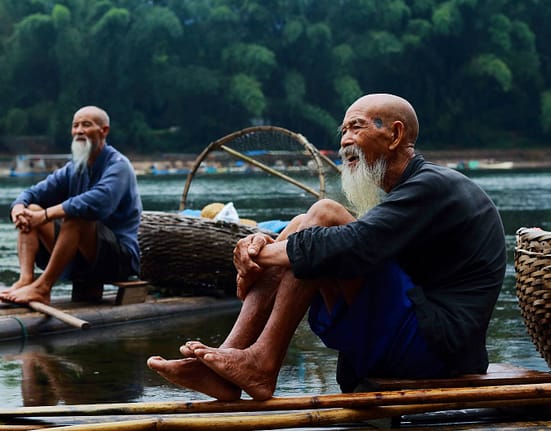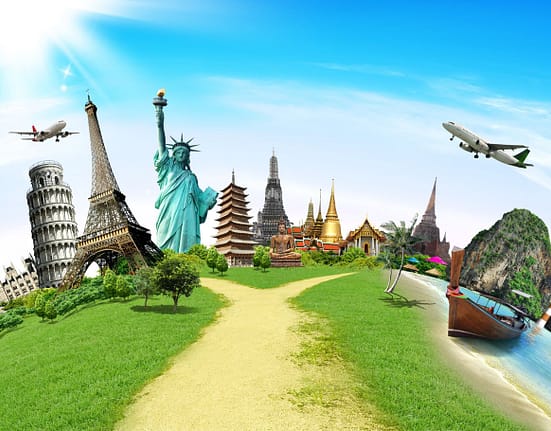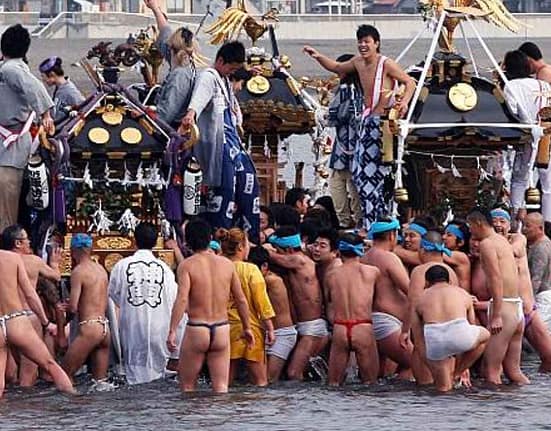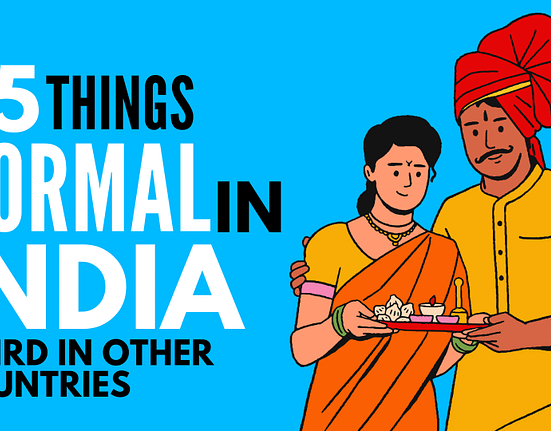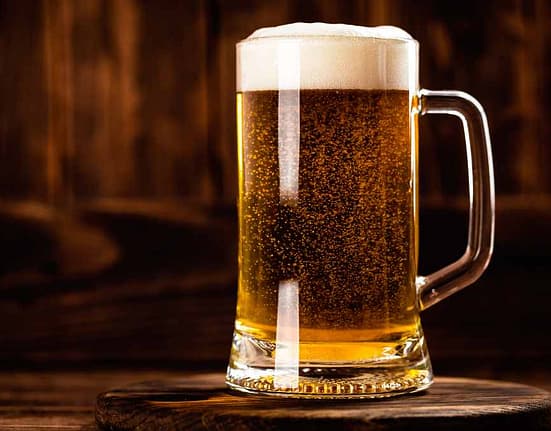Traditional Chinese clothing is a profound expression of China’s cultural heritage, deeply rooted in history, philosophy, and aesthetic values.
Below are 50 facts about traditional Chinese clothing that outline its historical development, materials, symbolism, and modern implications.
Historical Development
- Hanfu: The term “Hanfu” refers to the historical dress of the Han Chinese people, which has evolved over thousands of years, with its origins dating back to the Han Dynasty (206 BCE – 220 CE).
- Shenyi: In ancient China, the Shenyi was a common type of Hanfu that integrated a tunic and a skirt into one piece, often worn by both men and women during the Han Dynasty.
- Pien-fu: This ensemble consisted of a tunic-like top extending to the knees paired with a skirt or trousers and was popular during the Han and Tang dynasties.
- Changpao: Meaning “long robe,” the Changpao was a common form of attire for men in ancient China, known for its flowing design and practicality.
- Zhiduo: A type of Hanfu for men, the Zhiduo is characterized by a long gown with a straight collar and side slits, typically worn during the Ming Dynasty (1368–1644).

Materials and Fabrics
- Silk: Silk was historically the most prestigious fabric for traditional Chinese clothing, often reserved for the wealthy and nobility due to its luxurious feel and appearance.
- Hemp and Ramie: Commoners in ancient China frequently wore clothes made from hemp or ramie, which were more affordable options compared to silk.
- Brocade: Chinese brocade is a richly decorative fabric often used in traditional clothing, especially for formal wear, showcasing artistry and craftsmanship.
- Embroidery: Intricate embroidery was common in traditional Chinese clothing, symbolizing status, wealth, and good fortune, often featuring auspicious motifs.
- Dyes: Natural dyes were employed to color traditional Chinese garments, with specific colors like yellow being reserved exclusively for the emperor.
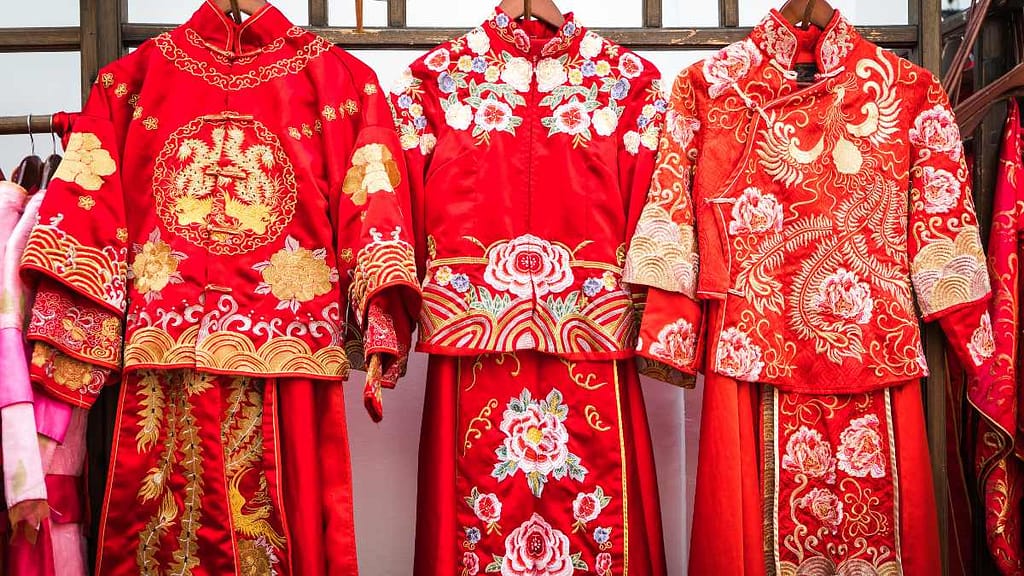
Symbolism and Design
- Dragon Robe: The dragon robe (longpao) served as an emblem of imperial authority, adorned with dragon motifs that signified power and divinity.
- Phoenix: The phoenix was a frequent motif in women’s clothing, representing grace, virtue, and femininity.
- Colors: Colors held significant meanings in traditional Chinese clothing; for instance, red represented happiness and good fortune, while black symbolized solemnity.
- Patterns: Various patterns on traditional garments often carried symbolic meanings—bats represented happiness while pomegranates indicated fertility.
- Mandarin Collar: The Mandarin collar is a distinctive feature of traditional Chinese clothing, characterized by its stand-up design that adds elegance to garments.

Clothing for Different Classes
- Emperor’s Attire: The emperor’s clothing was elaborately designed, frequently made of dragon-patterned brocade and prominently featured the color yellow, denoting supreme status.
- Noble Garments: Nobles often wore fine silks with elaborate designs but less ornamentation than the emperor to show respect for their ruler.
- Commoners’ Clothes: Commoners typically donned simpler Hanfu made from coarse fabrics with minimal decoration to reflect their social status.
- Foot Binding: While not a garment itself, foot binding was a common practice associated with traditional Chinese clothing, emphasizing the desirability of small feet in silk shoes.
- Uniformity in Attire: The style and color of traditional clothing were often regulated by government edicts to maintain social order and hierarchy within society.
Regional Variations
- Manchu Influence: The Manchu people introduced the “qipao” or “cheongsam,” which later became a staple in Chinese women’s fashion during the Qing Dynasty (1644–1912).
- Miao Ethnic Clothing: The Miao ethnic minority is renowned for its colorful and elaborate traditional clothing adorned with rich silver ornaments that reflect their vibrant culture.
- Uyghur Traditional Dress: Uyghur women traditionally wear brightly colored dresses with intricate embroidery and headscarves that showcase their unique cultural identity.
- Tibetan Chuba: The Tibetan “chuba” is a long robe lined with sheepskin, designed for warmth in the frigid Himalayan climate.
- Mongolian Deel: The Mongolian “deel” is a traditional outfit characterized by a wide sash, commonly seen in the grassland regions of China.
Accessories and Ornaments
- Headwear: Elaborate headwear was often part of traditional Chinese attire; men wore “guan,” while women adorned themselves with intricate “phoenix crowns.”
- Belts and Sashes: Belts and sashes served both functional and decorative purposes in traditional clothing, often adding elegance to outfits.
- Jewelry: Gold, silver, and jade jewelry were commonly worn as accessories that complemented traditional attire and displayed wealth.
- Buttons and Fasteners: Traditional garments frequently featured frog buttons and intricate loop closures that added both beauty and practicality.
- Shoes: Shoes were typically made from silk or cotton and could be embroidered with detailed patterns that reflected the wearer’s status.
Ceremonial and Ritual Clothing
- Wedding Attire: Traditional wedding attire is usually red to symbolize luck and joy; it often includes designs featuring phoenixes and dragons.
- Funeral Wear: White is traditionally worn during mourning periods and funerals in Chinese culture, representing purity and rebirth.
- Imperial Ceremonies: During imperial ceremonies, officials wore specific clothing that indicated their rank and status within the hierarchy of the imperial court.
- Confucian Robes: Scholars influenced by Confucianism wore modest robes that embodied simplicity and virtue as essential values of their philosophy.
- Religious Garments: Taoist, Buddhist, and other religious practitioners had designated clothing reflecting their spiritual practices and beliefs.
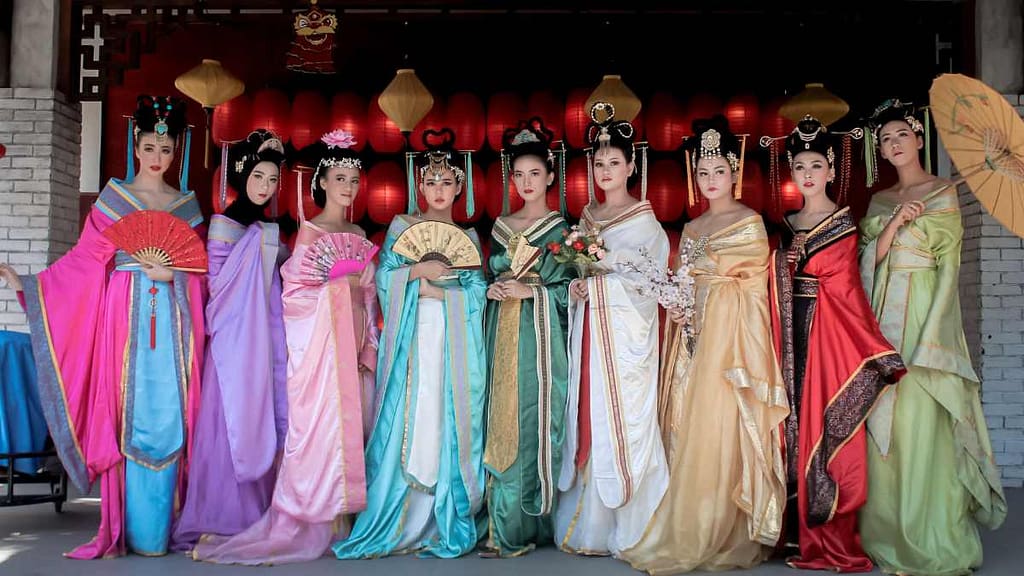
Influence and Evolution
- Western Influence: In the 20th century, traditional Chinese clothing began to incorporate Western fashion elements leading to a blend of styles that diversified attire.
- Modern Qipao: The qipao has evolved throughout the 20th century into more form-fitting garments that are often regarded as high-fashion attire today.
- Hanfu Movement: A modern resurgence in interest in Hanfu has emerged, with many individuals wearing traditional clothing to reconnect with their cultural heritage.
- Cultural Revolution: During this period (1966-1976), traditional clothing was largely rejected in favor of utilitarian garments like the “Mao suit,” which symbolized collective identity over individual expression.
- Fashion Shows: Traditional Chinese clothing continues to inspire modern designers who showcase these influences in international fashion shows around the world.
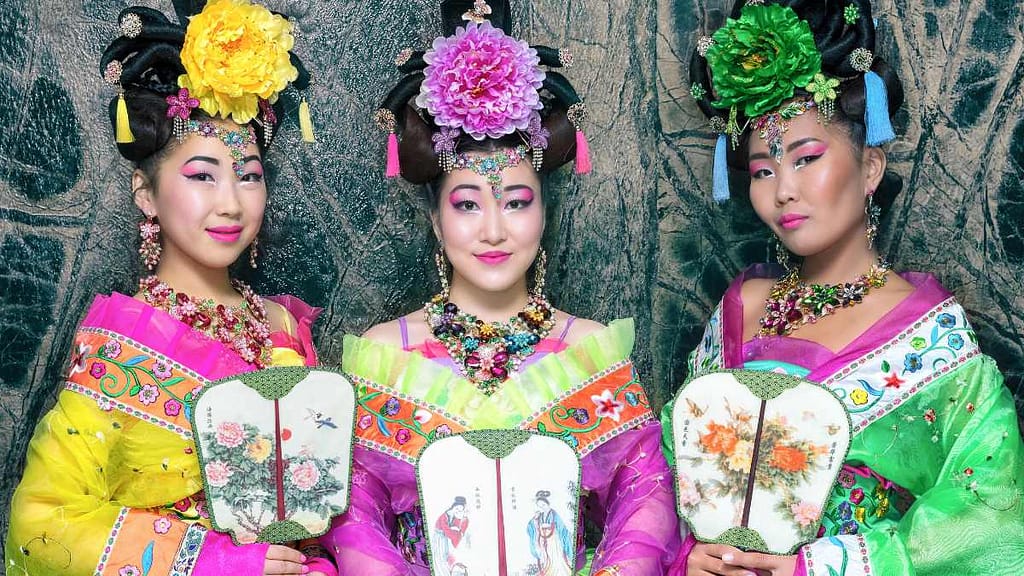
Preservation and Education
- Museums: Numerous museums worldwide preserve ancient Chinese clothing artifacts, providing insights into China’s rich textile arts history.
- Cultural Festivals: Traditional attire is commonly worn during cultural festivals and celebrations like Chinese New Year, highlighting its role in community identity.
- Educational Programs: Some educational institutions in China offer programs focused on teaching students about traditional clothing’s significance and cultural importance.
- Documentaries: Documentaries and historical dramas frequently feature traditional Chinese clothing to educate audiences about its history and cultural context.
- Artisan Workshops: Workshops led by skilled artisans aim to maintain traditional methods of creating Chinese clothing through hands-on experiences for participants.
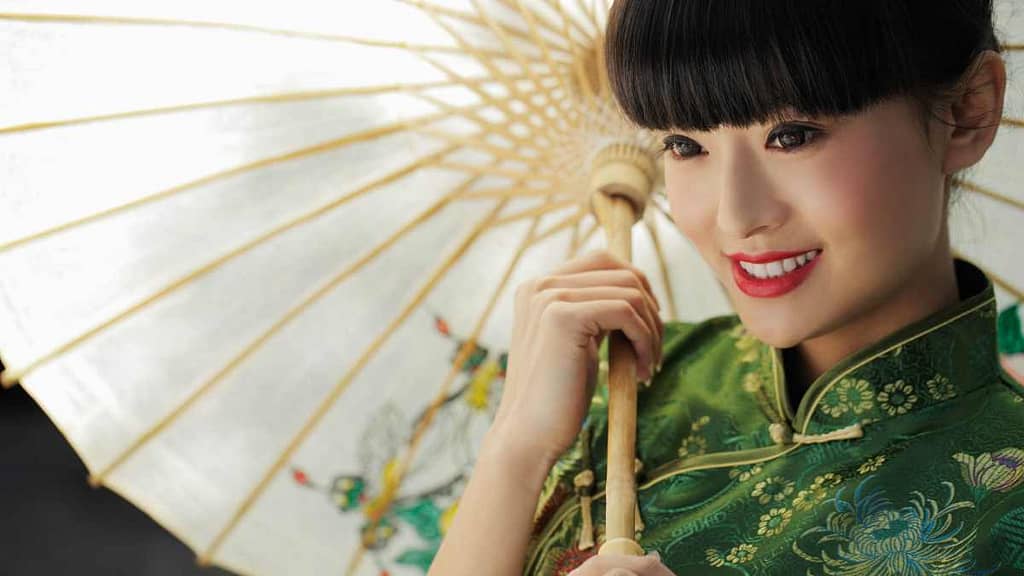
Modern Cultural Identity
- National Identity: Traditional Chinese clothing plays a significant role in shaping China’s national identity and fostering cultural pride among its citizens.
- Tourism: Tourists visiting China often have opportunities to dress in traditional clothing at historical sites, enhancing their cultural experience.
- Global Influence: Traditional Chinese garments have influenced global fashion trends, including haute couture collections that incorporate elements from these designs.
- Cultural Exchange: International cultural exchanges frequently feature traditional Chinese clothing as representatives of China’s rich heritage during events abroad.
- Heritage Celebrations: Chinese communities worldwide don traditional attire during heritage celebrations to honor their roots while sharing their culture with others.
These 50 traditional Chinese clothing facts illustrate the rich tapestry of China’s sartorial history—each fact reflects the intricate relationship between attire and identity within this vibrant culture. That continues to evolve while maintaining its deep-rooted traditions.
Read Also: 50 Interesting Facts About China
